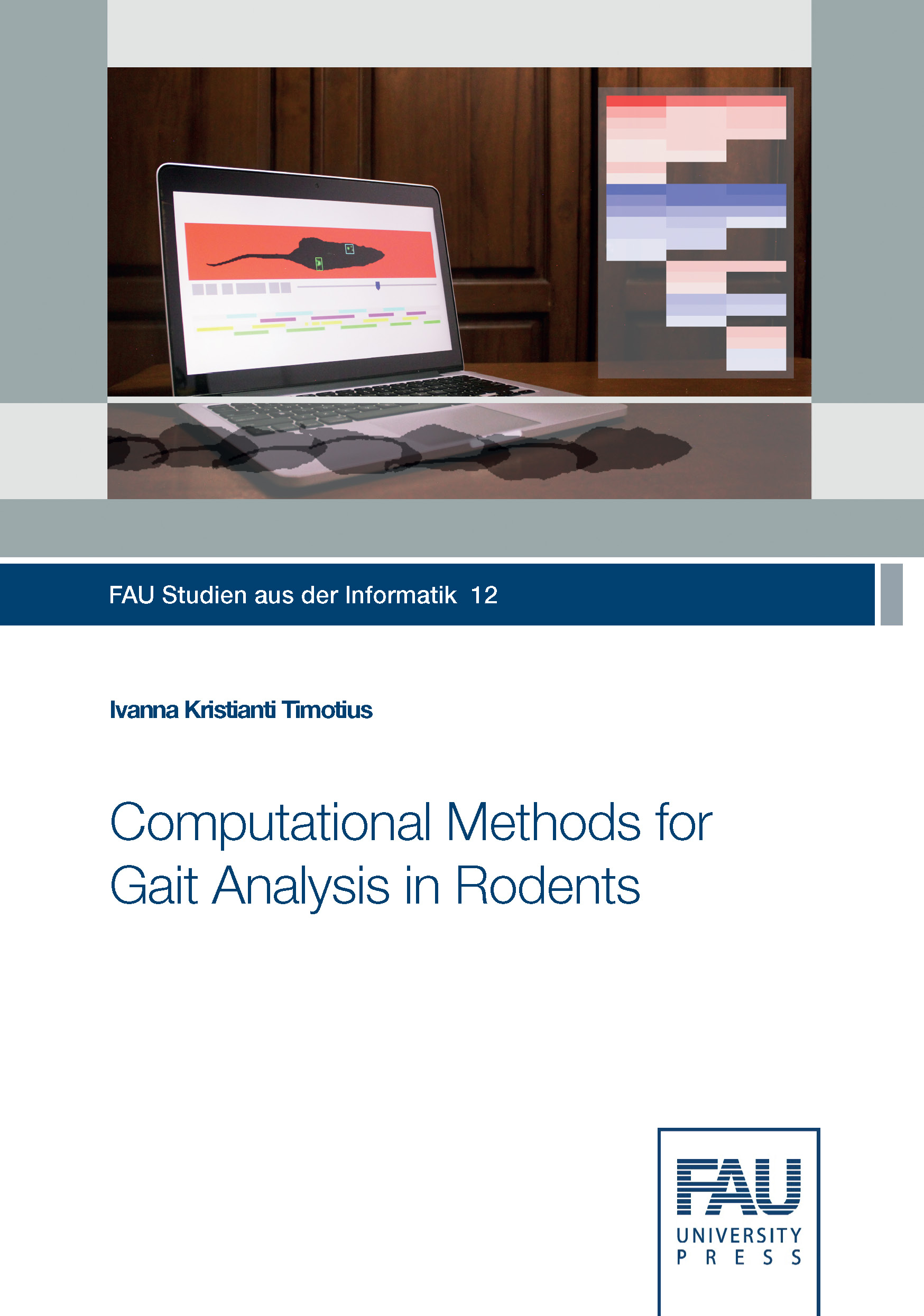Description
Gait analysis is important for the investigation of gait progression and the development of therapies in disorders characterized by gait impairments, such as Parkinson's disease (PD), Huntington disease (HD), and Spinal Cord Injury (SCI). Describing gait quantitatively helps researchers to analyze gait impairment in a more consistent, reliable, and precise manner compared to qualitative description. For this reason, apparatus and computation methods are continuously developed for both clinical and preclinical studies using animals.
One of the gait analysis apparatus for rodents is called CatWalk. The system is equipped with a transparent glass floor walkway, where rodents can walk from one to the opposite end. Using a camera located under the walkway, the system records a video, which contains the information of the paw contact positions. Based on the recorded video, this CatWalk system computes several gait parameters.
Here, several computational methods that enrich the information extracted from CatWalk data are presented. These methods improve the outcome of the current Catwalk data acquisition by providing methods in identifying gait patterns related to PD, providing a silhouette-length-based intra-assay scaling method, an initial data analysis method, and a parametric gait recovery progression score for rat SCI models.


Reviews
There are no reviews yet.